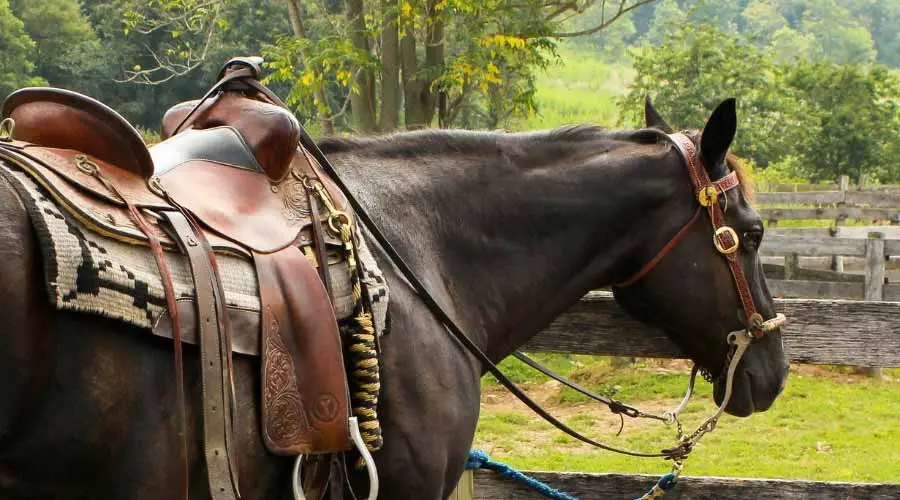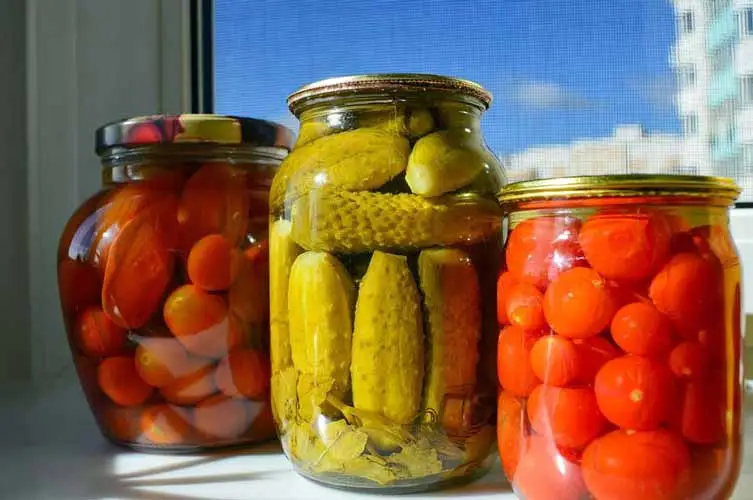Scientists believe that the very beginning of life started from a single species. With time, they have gone through evaluation phases and created new species. In that sense, all living beings are somewhat related to each other. But is it still the same when we discuss things in the light of modern science?
How closely related are horses and camels? You probably know both animals well. They don’t look anything close to similar. But that’s just an external outlook. What if, in reality, they belong to the same animal family?
Isn’t it pretty interesting to compare animals with totally different characteristics? If yes, you can join us in our today’s journey. We are surely going to have a nice talk on the camel and horse family tree.

Physical Similarities: What Physical Similarities Do Horses And Camels Share?
The first thing common for both animals is that they are both Mammals. Both are hoofed animals but under different subdivisions. If we go back 50-80 million years, we may find an ancestor related to them.
Camels fall on a particular subgroup of hoofed animals, Artiodactyla, with large, broad, pad-like even numbers of hooves. They bear their weight on the 3rd and 4th toes. They are pretty fast runners too. Broad, elastic pad-like hooves allow them to spread their weight on more areas and thus prevent them from sinking into the sand.
Camels possess a huge hump that is a storage of water for them. It is a distinguishing feature only for camels. They also have nasal flaps that can be closed during a sandstorm.
On the other hand, horses possess long, slender legs without much fat deposition. However, they are Perissodactyla, meaning their hooves fused, making a single toe-like structure. And their whole body weight is carried by that single hoof. That’s why, despite being quadruped, horses cannot run faster in the desert. Their hoof sinks into the sand.
Now, don’t horses and camels have any physical similarities? If yes, how closely related are horses and camels from the physical aspect?
First, they are coated with a dense layer of body hair. They are quadruped and have long, slender necks and long, muscular legs. Both are used as a means of transportation and carriage in different parts of the world. There’s another physical feature that they have in common. Their extra protective layer of the eye. In camels, it is highly helpful during a sandstorm.
Despite some similarities, after years of rapid evolution, camels and horses have almost no connection that can bind them as closely related species. But if they are not related, which animals are they? From the features we have discussed so far, pigs, hippos, llamas, goats, giraffes, sheep, deer, and cattle seem to be closely related to camels. They share the same or similar ancestors.
On the other hand, if you ask what animals are part of the horse family, the answer is a donkey, zebra, rhino, tapirs, etc. Read more articles related to horse & camel:
- Do Camels Scare Horses? Check Exciting Facts Now!
- Why Can’t Camel Outrun A Horse?
- Learn about the 3-year-old horses. quick & complete guide!
Diet: What Do Horses And Camels Eat?
Horses and camels both are herbivores. They both graze the whole day and live on plants. But of course, there are some dissimilarities in their eating pattern.
Camels are more frequently seen in the desert area. As vegetation in the desert is not easy and pretty limited, the camels have learned their lesson of not being picky about food. They eat whatever plants, stems, twigs and green veggies are available.
Camels even eat different types of salt bushes too. Almost all animals reject these due to their thorns. They only refuse to eat a few poisonous plants which they can recognize. If they don’t remember it, they might eat them too.
The main diet for horses includes grass. They don’t eat too much at once but frequently throughout the day. They are a little picky about their food being clean of dirt, soil, debris, etc. In order to perform at optimum state, they need high-fiber-containing foods.
In order to fulfill the daily requirements of horses, they are often given hay, haylage, or other replacements along with grass. You can let them graze and collect their food. Read more about horse food:
- Which feed is best: beet pulp vs alfalfa pellets for horse
- How Much Rolled Oats to Feed a Horse?
- Can You Give Horse Wormer in Feed?
- Can Horses Eat Spinach? Is Spinach Healthy for Horses?
- Can You Feed Horse Feed To Cows? Let’s Debunk the Myths
Reproduction: How Do Horses And Camels Reproduce?
Just like any other normal mammal being, horses and camels both reproduce their next generation by mating and giving birth to a living fetus. In both cases, the process starts with the male and female mating and the male impregnating the female.
In the case of horses, the female or the mare, as they are called, shows some particular signs of being in heat during their fertile days. Typically a heat cycle remains for 5-7 days, and it is the best time for horses to mate. The chance of having successful fertilization is very high during this period.
After successful impregnation, the mare carries the fetus for 11 months. The foals are usually born during spring with the in-born ability to stand and walk. They need nursing for 6 months until they have their teeth.
Camels also breed in the same way as a horse. The female undergoes an estrous cycle in their breeding season, which is receptive for 3-4 days, and then an interval of 10 days being non-receptive. The chances of a positive pregnancy are high during the receptive period.
Females carry the child for 12-14 months. As the time of birth nears, the female becomes restless and separates herself from the community. It finds a safe, private area with a secure source of food and water for the newborn. A camel newborn needs 10-18 months of nursing before they are used to outside grazing.

Habitat: Where Do Horses And Camels Live?
Before approximately 10,000 years, when the modern ancestors of horses spread worldwide, horses mainly confined themselves in North America. Nowadays, you can see horses in every part of the world except the Arctic and Antarctic regions. They cannot withstand harsh weather, resulting in their absence in that area.
The horse family tree consists of both wild and domestic variants. But nowadays, locating an entire wild group of horses is challenging. They are more comfortable staying in the stable and sheds.
Camels love to stay in hot and dry weather. That’s why you will often see them in desert areas. However, it is wrong to believe that camels cannot live in cold or temperate countries.
Two types of camels are now dominant in the world. The Bactrian camels are more frequently seen in the Asian region, while the dromedary camels usually live in North Africa and the Middle East.
Behavior: How Do Horses And Camels Behave?
Horses are social beings. They like to form a community and live in a circle. You will seldom see a horse living alone unless it is a single domestic one. They believe in unity and thus help in mutual grooming.
From a very early age, horses grow up playing with each other. They are fond of the younger ones and help them groom in multiple ways. They select a leader among themselves and follow him during grazing or traveling.
Horses are also pretty alarmed and fast-responsive animals. The response to external stimuli is quite instantly a safety mechanism. They are always on high alert and get easily scared by ordinary things. So you must be patient with your horse and train him to adapt to the usual things around you.
Camels are also highly social. In deserts, they like to stay in a group. It is called a herd. It is not only for socialization but also for their safeguard in rough places like deserts. They like to be playful with each other and greet, blowing air in each other’s faces. A leader, usually a male, is selected, and all the other animals follow him in the herd.
At the time of giving birth, a female, however, detaches herself from the herd. She finds a safe and secure place for childbirth and stays there until the baby grows up.

Conservation: Are Horses And Camels Endangered?
When you can see horses in almost every place in the world, it is natural to think that maybe they are not endangered. However, that’s not true. There are many species of horses. Some are domestic, and some are solemnly wild.
The wild subspecies are facing grave danger in recent times. Especially, Przewalski is now considered the rarest wild species of horse. There are only a few of them left. If proper measures are not taken, the whole horse family tree may soon face the same threat.
As for camels, there are only 2 variants that are now present in the world. The Bactrian and Dromedary. But they are also seen in some selected areas, Asia, North Africa, and the Middle East.
Many wild camel species already went extinct thousands of years ago. And now, Camelus ferus, one of the few wild camels left, is the eighth most endangered animal in the world.
FAQs:
1. Are camels and horses related?
Camels and horses are both four-legged mammals. However, according to the newly studied animal family, that’s the only thing that relates to them. They have not associated in any way, physical, behavior patterns or other categories.
2. Do camels and horses have a common ancestor?
Horses and camels don’t share a common ancestor in general. They are not that closely related. However, if we move back 80 million years, we may find some common or similar ancestors for both of them in the Mesozoic Era.
3. What is the closest relative to a horse?
If you ask are horses and zebras related, the answer is yes. But if you ask whether it is the closest related to horses, I have to answer differently. Rhinoceroses are considered the closest relatives of horses that are alive.
4. Can camels and horses breed?
A camel and horse can’t breed under natural conditions. They both have a totally different genetic variation that doesn’t permit a camel-horse hybrid’s existence.
5. How do camels compare to horses?
Camels and horses can be compared to many factors. Their body builds physical strength, speed, diet, habitat, habits, and many others. Both are used by humans for multiple purposes like traveling, carrying loads, racing, etc.
Conclusion
How closely related are horses and camels? Have you found your answer now? The animal kingdom is enormous, with multiple subspecies. Every one of them has its individuality and specific characteristics.
Despite being mammals and quadrupeds, horses and camels don’t have many relations. After the Mesozoic era, no common ancestor can be found for those. However, they are both used by humans for multiple purposes like traveling, transportation, racing, etc.



